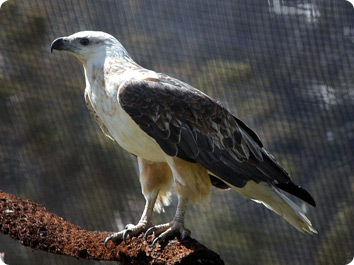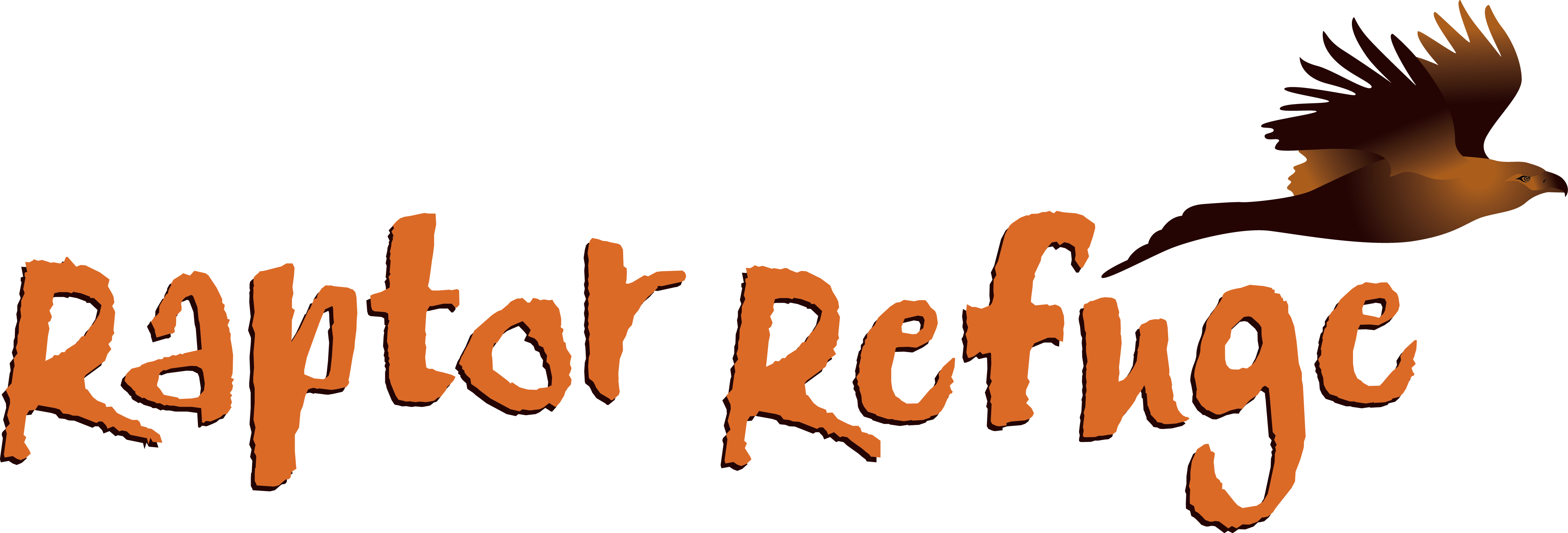The White-bellied Sea-Eagle (Haliaeetus leucogaster), also known as the White-breasted Sea-Eagle, has a white head, rump and underparts, and dark or slate-grey back and wings. In flight, the black flight feathers on the wings are easily seen when the bird is viewed from below. The large, hooked bill is a leaden blue-grey with a darker tip, and the irides are dark brown. The cere is also lead grey. The legs and feet are yellow or grey, with long black talons (claws). Unlike those of eagles of the genus Aquila, the legs are not feathered. The sexes are similar. Males are 66–80 cm (26–32 in) long and weigh 1.8–3 kg (4–6.6 lb). Females are slightly larger, at 80–90 cm (32–36 in) and 2.5–4.5 kg (5.5–10 lb). The wingspan ranges from 1.78 to 2.2 m (5.8 to 7.2 ft)
Feeding
The White-bellied Sea-Eagle is an opportunistic carnivore and consumes a wide variety of animal prey, including carrion. It often catches a fish by flying low over the water and grasping it in its talons. It prepares for the strike by holding its feet far forward (almost under its chin) and then strikes backwards while simultaneously beating its wings to lift upwards. Generally only one foot is used to seize prey. The White-bellied Sea-Eagle may also dive at a 45 degree angle from its perch and briefly submerge to catch fish near the water surface. While hunting over water on sunny days, it often flies directly into the sun or at right angles to it, seemingly to avoid casting shadows over the water and hence alerting potential prey.
The White-bellied Sea-Eagle hunts mainly aquatic animals, such as fish, turtles and sea snakes, but it takes birds, such as Little Penguins, Eurasian Coots and shearwaters, and mammals as well. It is a skilled hunter, and will attack prey up to the size of a swan. They also feed on carrion such as dead sheep, birds and fish found along the waterline, as well as raiding fishing nets and following cane harvesters.

